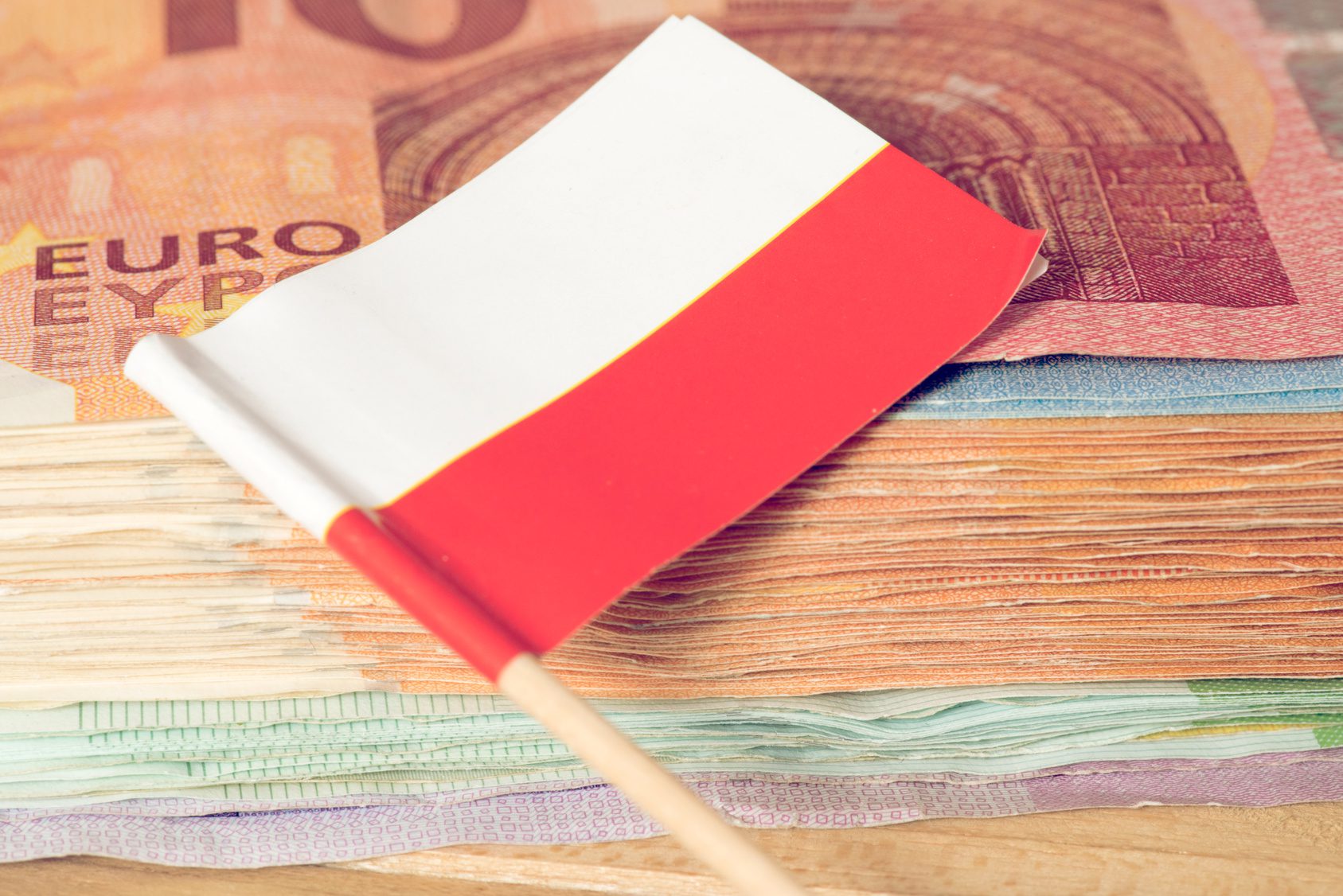Since 2008, the economic crisis has been the subject of countless news headlines across the world with numerous economies sliding towards the verge of painful recession. Europe has been severely hit as well, with only one state, Poland, performing considerably better than those once believed to be more stable and better prepared for potential turmoil, resulting in the Polish economy being dubbed the ‘green island’ among weaker, crisis-ridden EU states.
As the economic crisis wave spread across the globe in 2008, it hit virtually all economies. The slowdown was visible in form of declining economic growth rates, which soon changed into negative growth in economies of Europe, USA and Japan. Interestingly, Poland was the only economy in the EU to register a positive growth during 2009, and, despite visible slowdown due to recession hitting its trading partners, Poland has managed to storm though the crisis reasonably well.
Since the onset of the crisis, Poland’s good economic performance has surprised many analysts. Obviously, the country did not remain unaffected, and a look at a trend line of the country’s growth rates over the past decade clearly shows how its performance has mirrored EU’s economic struggles. Nevertheless, the Polish economy managed to grow throughout the crisis, and this year, again, as the EU economy is expected to shrink by 0.3%, Polish economy is expected to expand (though modestly). Poland’s position in terms of GDP per capita increased considerably by 11 percentage points, to 65% of EU’s average in 2011. The economic growth and persistence in defying the crisis is believed to be largely underpinned by strong internal consumption, as Poles took long to believe that the crisis could have an actual impact on them, thus did not cut down on their expenditure (e.g. in 2011, the Polish retail sector enjoyed one of the highest y-o-y growth rates in retail sales during the December holiday season in Europe, second only to Russia). This strong internal consumption, paired with attractiveness for foreign investors in production-oriented sectors, along with postponed entry to the Euro zone (a fact that has helped shield Poland from Euro quakes) and limited household and corporate debt, allowing for greater stability of banking assets – these factors are typically cited as reasons for Poland’s good performance amid the crisis.
However, there seems to be an air of negativity and the country might get its share of the crisis after all. Just in November 2012, the IMF and Morgan Stanley slashed Polish GDP 2013 growth forecasts by almost half, down to 1.75% and 1.5%, respectively, as rather modest export gains are expected to fail to offset weaker consumer spending. Indeed, private consumption boom is likely to significantly cool down, as for an average Polish citizen the situation does not appear bright. The mood amongst Poles seem to no longer reflect the earlier enthusiasm, with opinions that good performance of Polish economy is now more of a government propaganda, since what they see on a daily basis contradicts the positive overtone of analysts’ words. The change in moods has been already captured – in November 2012, the Indicator of Consumer Trust (BWUK) was down by 5.3 percentage points over November 2011.
In reality, Poland’s position in EU’s GDP per capita statistics improved more as a result of a decline of the EU average, rather than actual improvement in Poles’ incomes and standard of living. The accumulated negative impact of adverse situation in the country’s Euro zone-based trading partners, leads to increased cautiousness of firms, who are introducing cost control measures, including layoffs. Rising unemployment (registered unemployment reaching close to 13% overall and as high as 28% amongst graduates in November 2012), together with growing fear of losing jobs, as well as limited credit activity, seem to have put brakes on consumer spending and thus internal consumption, an element once considered as one of the fundamental forces allowing Poland to withstand the pressures of the crisis. The mood is increasingly pessimistic, and the Poles have now started to change their shopping habits – they buy less, think twice, postpone high-value purchases, downgrade to cheaper equivalents and demand higher value for money. Poles are finally increasingly aware of the economic storm going through neighbouring economies, and realize that they do not live on a safe ‘green island’ any more. This fear is escalated by recurring news and discussions filled with warnings of 2013 brining the crisis full-on to Poland. And what is definitely not helping is the opposition leaders’ lack of political will to constructively work with the government in averting the impending crisis.
Many economists urge Poles to remain calm and claim that there is no reason to panic (at least, not yet). Though the slowdown in economic growth is a fact, consumers’ calm approach is definitely recommended, as fear of the future might multiply the slowdown, resembling a self-fulfilling prophecy. But, one has to keep in mind that consumption levels, strongly correlated with consumer sentiments, has no capacity to remain the single force driving economic growth. Several cushions that previously protected the Polish economy slowly cease to exist – continuous, high value public spending, favourable VAT, weak currency that supported Polish exporters and high inflow of EU funds to sponsor infrastructure investments are becoming a story of the past. In this negative scenario, consumers’ wishful thinking, positive attitude and frequent shopping trips might turn out far too weak to lift Poland’s economy as Europe and the Euro zone continue to sink.
It seems that the story of the ‘green island’ may not remain true for long.






